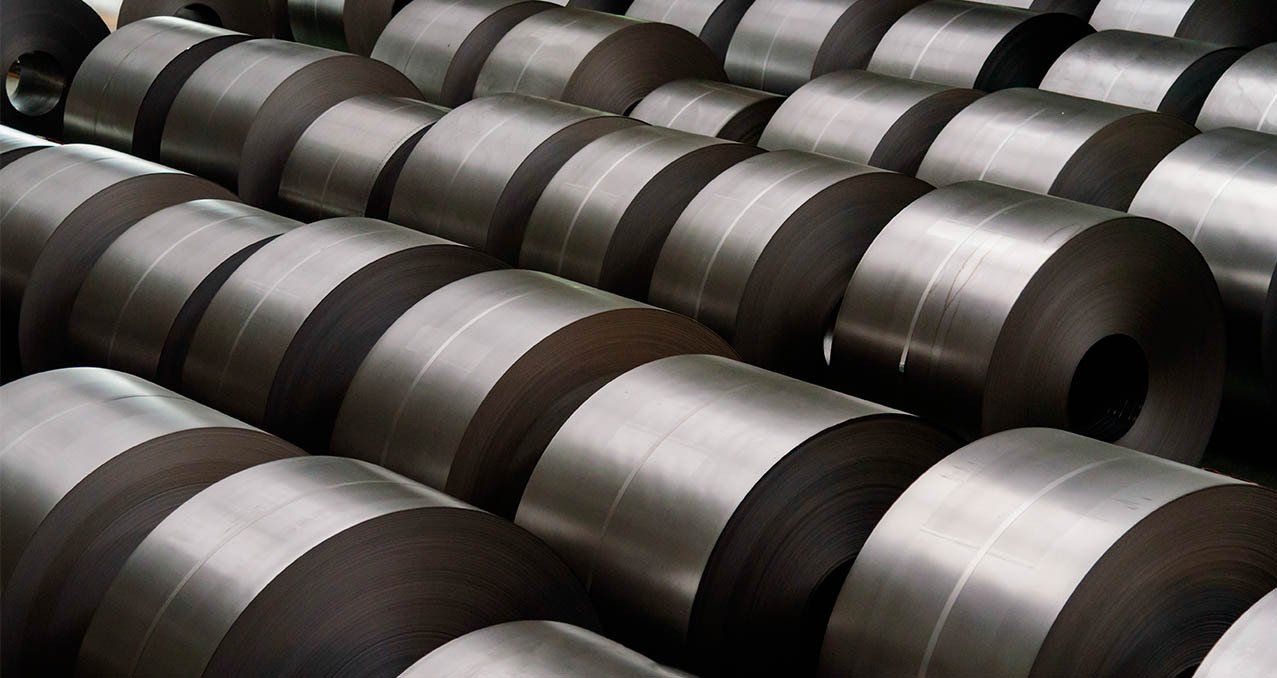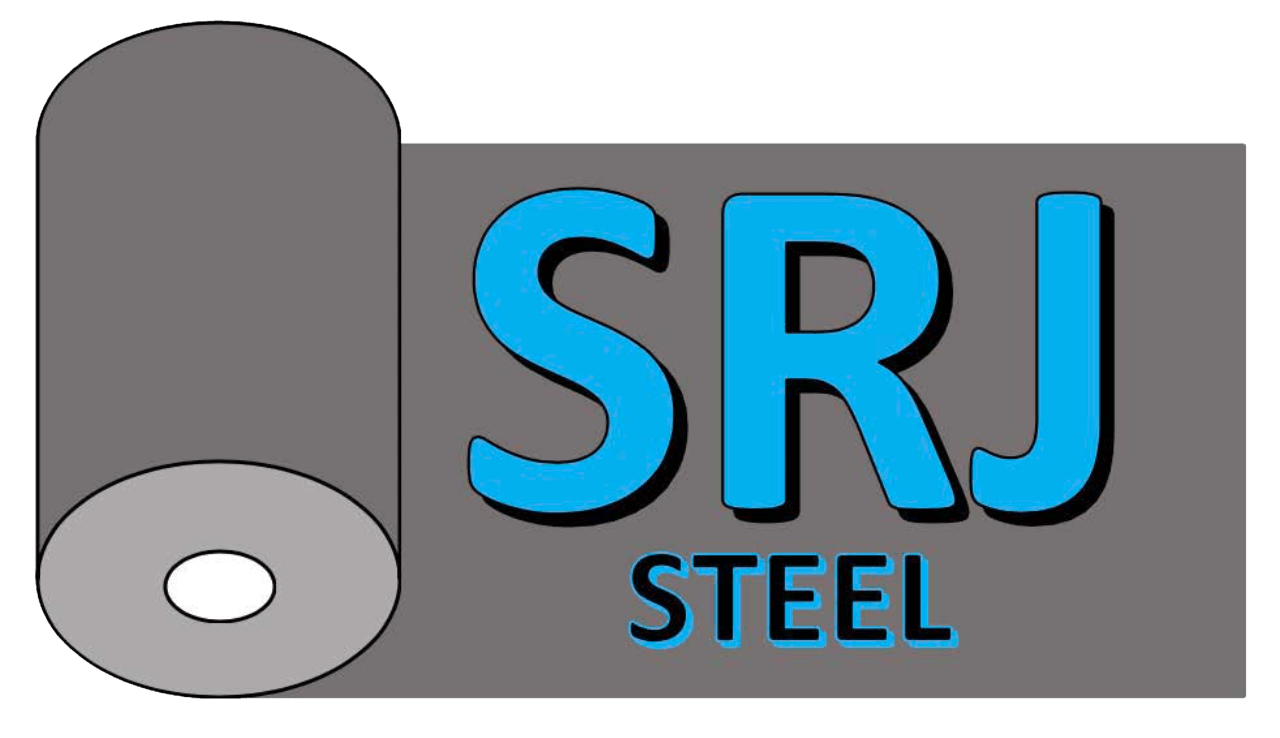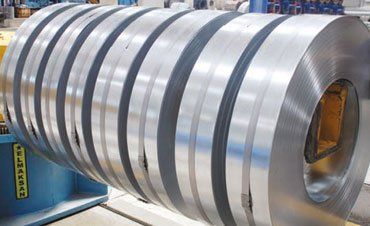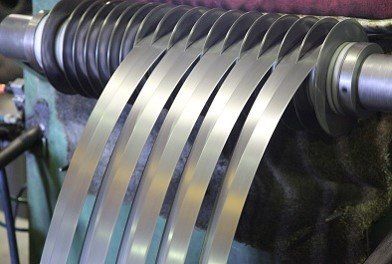
ENAMELING STEEL EXPERTS
A Brief History of Enameling Steel
The application of enamel has existed for hundreds of years. Enamel application dates back to the time of antiquity, with the ancient Egyptians, Greeks, Chinese and Celts using the method. At the time, most ancient civilizations used enamel as an application over pottery and stone in order to provide an added layer of protection and durability. Eventually, the application of enamel moved to metals and steals.
The history of enameling goes back many centuries. The timeline of enameling steel and metal includes:
-
Application of enamel onto jewelry
-
Ancient Persians used enamel as decorative coloring over metal surfaces
-
Enamel first applied to commercial steel in the 1850s
-
Enameling grade steel created in the early 20th century
Application of Enamel onto Jewelry
The application of enamel onto jewelry occurred early in the history of enamel. Nearly every major civilization used the application of enamel onto metal jewelry in order to create new, decorative designs on the jewelry. This kind of jewelry was more or less only affordable by the wealthy, but it served as the first true shift of enamel from stone and ceramic to metal.
Ancient Persians Use Enamel on Metal Surfaces
The application of enamel onto metal surfaces continued to spread. The ancient Persian empire started to use the coating on larger pieces of metal. This started a new trend that spread throughout the Mideast and Europe (in addition to some areas of China). As Persia stood as a central hub for trading at the time, the use of enamel continued to spread as a decorative art form. It became even more popular during the Middle Ages.
Enamel First Applied to Commercial Steel
The first application process of enamel to steel took place in Germany and Austria during the 1850s. It did not remain in central Europe for long though. David Dunbar Buick, the head of the Buick automobile company, started to both utilize enamel steel in his automobiles while looking for ways to improve the material. He found the added application helped improve the durability of the steel, prevent rusting and allow for the possibility of new colors and artistic options that had not yet been available previously.
Enameling Grade Steel
By the 20th century, enameling grade steel had infiltrated nearly all major manufacturing sectors throughout the world. Everything from gas stations to kitchen appliances started to see the utilization of enameling steel. It opened up a world not only of potential but a world of color. Enameling grade steel was also easier to care for, easier to clean and cost less to maintain.
Enamel coated steel provides an assortment of benefits, ranging from easier to clean cookware to easy to maintain construction and design material. SRJ provides a number of vitreous enameled steel tips.
At SRJ steel we notice references to Vitreous Enameling Steel (vit) under many names and descriptions:
-
Type 1, aka Vit 1, Decarb, Univit (AK Steel), and Vitrenamel (US Steel), Solfer (AM Florange)
-
Type 2, aka Vit 2, Vit-Plus (AK Steel), Vitrenamel 2 (US Steel)
-
Type 3, aka Vit 3, I-F Enameling (AK Steel), Flexnamel (US Steel), Ultravit (AM Dofasco)
SRJ Steel provides all three types of Enameling Steel, specified under ASTM A424.
To learn more about ordering Enameling Steel for your manufacturing operation or projects please request a quote.-

Contact info
1438 Hillsboro Ave. SE
Grand Rapids, MI 49546
t: 616-706-2364
e: pete@srjsteel.com
finance@srjsteel.com
Follow us
Get In Touch
We will get back to you as soon as possible
Please try again later





